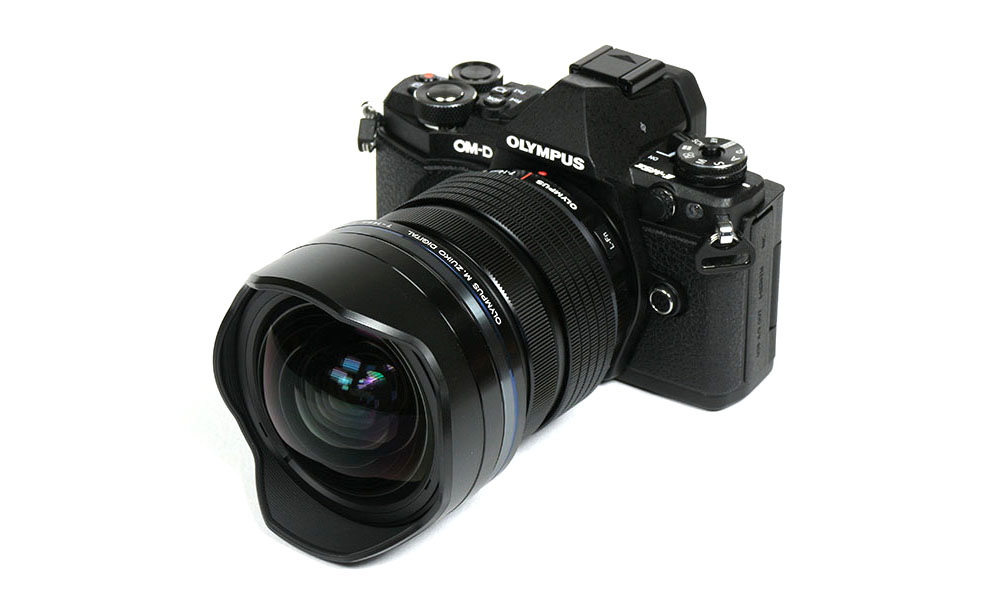I have recently had the chance to play a bit with a friend's OM EP-7, and I really liked it. However, I looked into some of the lens options, and it seems to me that, for the same 35mm equivalent focal length, many M43 lenses are basically the same size as many Sonys APS-c, despite the different crop factor (2.0x vs 1.5x)
For example:
the Sony 35mm F1.8 prime lens is 45mm long, and the Zuiko 25mm F1.8 is 42mm
The Sony 16-70mm F4 is 75mm and the Zuiko 12-40mm F2.8 is 84mm (the Zuiko is faster, but, still)
I start to see some differences with non-particularly fast tele lenses, like:
The Sony 55-210mm F4.5-6.3 is 108mm, while Zuiko 40-150mm F4-5.6 is 83mm
Is the explanation that faster lenses are always bulkier and longer? Even so, shouldn't m43 lenses be smaller anyway?
Please note, this is just curiosity - I'd like to understand what I am missing, and what the physics and technicalities behind it are.
For example:
the Sony 35mm F1.8 prime lens is 45mm long, and the Zuiko 25mm F1.8 is 42mm
The Sony 16-70mm F4 is 75mm and the Zuiko 12-40mm F2.8 is 84mm (the Zuiko is faster, but, still)
I start to see some differences with non-particularly fast tele lenses, like:
The Sony 55-210mm F4.5-6.3 is 108mm, while Zuiko 40-150mm F4-5.6 is 83mm
Is the explanation that faster lenses are always bulkier and longer? Even so, shouldn't m43 lenses be smaller anyway?
Please note, this is just curiosity - I'd like to understand what I am missing, and what the physics and technicalities behind it are.




